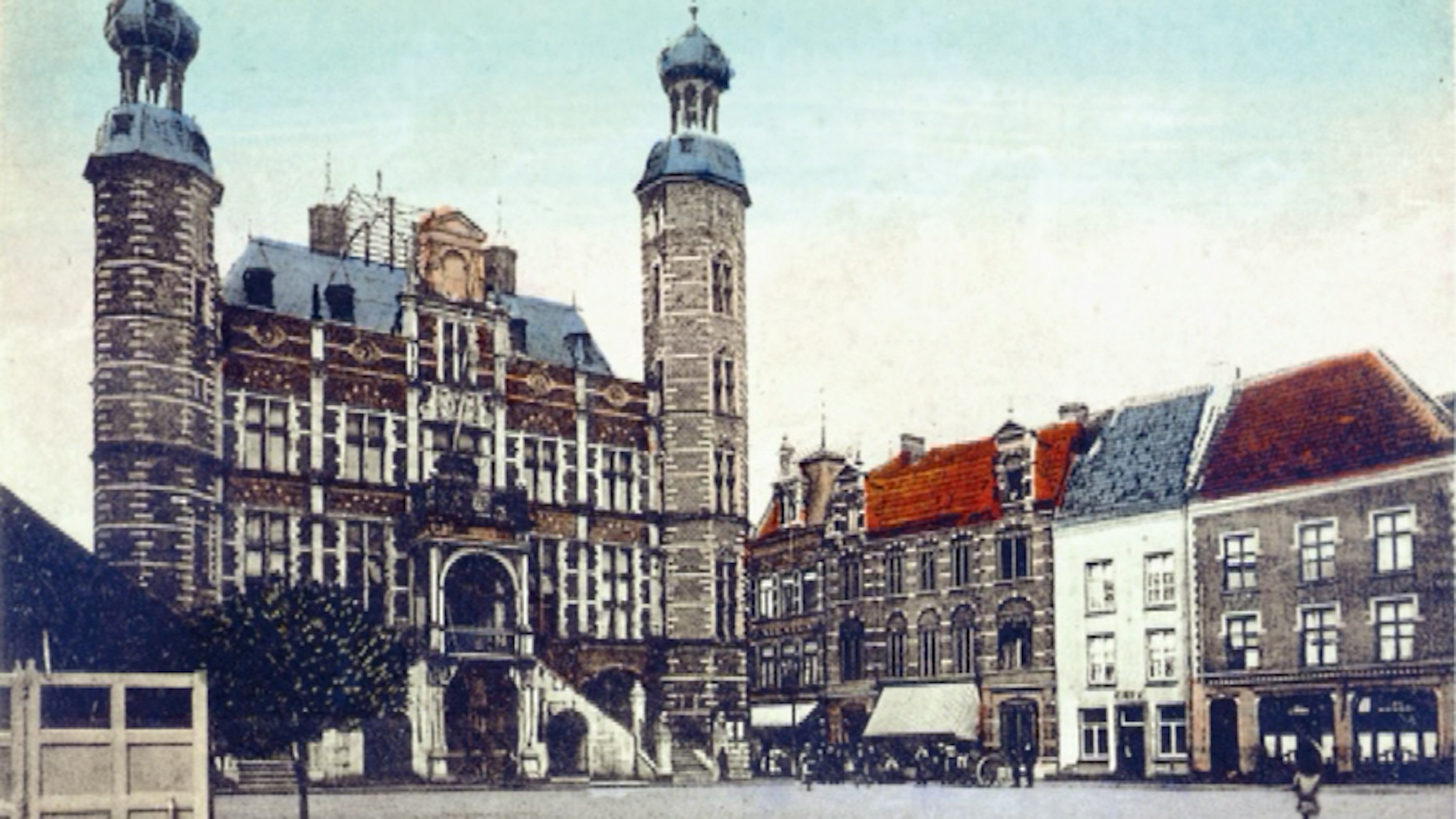The history of Venlo
Venlo was granted city rights some 675 years ago, but people settled here long before that. It was carefully chosen as a place to put down roots due to its strategic location. Water provided a vital resource. Not just for drinking water, but also to be saved. The river was shallow enough at this point not to present a risk of drowning. The settlement became a hub where water and roads converged and crossed. And any place that attracts a lot of traffic, also attracts people.
A prominent trade post
In the Middle Ages Venlo was a prominent trading post, and a sought after prize for a successive sieges of occupying forces. Venlo fell under the rule of the Spanish, the Dutch Republic and the French. Following the end of French rule, Venlo, as part of the newly created Province of Limburg, became part of the United Kingdom of the Netherlands. In the mid-19th century, the city walls were demolished to make way for the expansion of the city along the approach roads and to outer lying, rural areas.


Venlo in World War Two
As World War Two drew to an end, Venlo suffered heavily from bombing raids by the Allies. The bombs were aimed at the bridge strategically crossing the Maas, but the city was also severely affected. There were more than 1000 casualties during these raids.


The quality of urban planning
After the war, the city was rebuilt at a rapid pace, but with scant regard to what we would now call the legacy of its historic heritage. At the time the priority was on reconstruction. The credo was: clear the destruction and ruins and build a new city.
The results were have not always stood the test of time: certain post-war redevelopments have already been demolished. However, the so-called Bridge Plan, part of which includes one of the finest Dutch railway stations of the post-war era, is an illustrative example of a successful reconstruction project in Venlo's history.


Plan of the historic city centre
In the run-up period to Floriade, the World Horticultural Exposition, the municipality invested heavily in much overdue maintenance to buildings in the heart of the city. After all, the city had to look its best to welcome the many visitors from all over the world. The city was one huge construction site, much to the annoyance and exasperation of residents, businesses and visitors. The end result was certainly worth it. The city centre can rightly be labelled historic, Maasboulevard has become a boulevard in the true sense of the word and access to the city has improved immensely. The centre still retains its tradition pattern of streets with a number of central squares fringed by many bars and restaurants. These squares are the ideal starting point to discover the shopping thoroughfares and lanes.
The Town Hall and Markt
In 1374 the town council purchased the house owned by Gerard Bocholt on Lomstraat to turn it into a “raad- en vleeschhuis” - a council and butcher's hall. The original building was replaced in 1597 by the current building, with the entrance on the south side. The buildings surrounding it were demolished and new street names such as Kleine and Groote Markt appeared. The new Town Hall featured large, rounded doors which allowed carts to drive in and unload their goods before they could be weighed on the Stadsmeelwaagh, so it served as a public weigh house. Over the years, the building has held various functions: police station, prison, egg auction, fire station and in 1899 it became home to the “ Centraal Bureau der Telephoon” - a telephone exchange.
So many different functions entailed countless renovations and repurposing. Can you imagine that at one time the façade of the Town Hall was plastered white? The municipal budget for 1876 lists a sum of one thousand guilders to restore the building to its former glory. But from then until now, many bricks and been hauled in and out of that fine edifice. Fortunately, the building has retained its picturesque character and is one of the most photographed monuments in the city.







